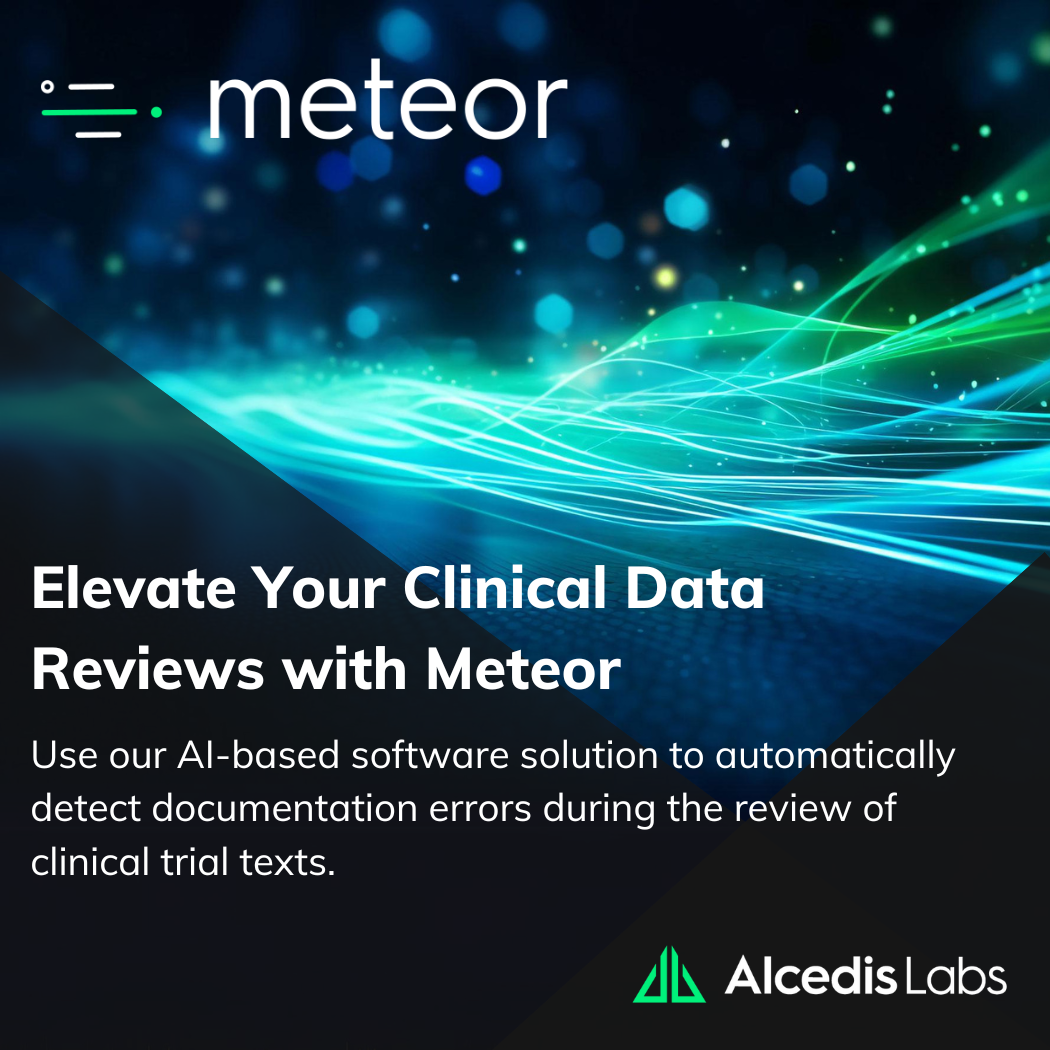AI in Clinical Trials: Training Machine Learning Algorithms
Created: 02.16.2023
How is artificial intelligence developed for clinical research? And what kind of datasets are used to train machine learning algorithms? Read on to learn how AI can work efficiently.
What is Machine Learning?
Machine learning is a subfield of artificial intelligence. It refers to the ability of an artificial system to generate knowledge from experience. Algorithms learn patterns and rules from input data, which they can then apply to new, unknown data and cases. In this way, AI can take over complex human tasks.
In clinical research, AI supports departments such as data management and pharmacovigilance. Here, the AI analyzes data and forwards error messages or risk predictions to the appropriate staff. Using algorithms, AI generates reliable data, enabling more valid study results.
The data science community is also showing growing interest in clinical applications – as this is a field where real benefits can be created for both patients and companies.
Interactive Tour
How Data Is Used to Develop AI
Before AI can deliver predictions about potential risks based on collected information, it needs a solid data foundation to train this ability. But where does the data come from?
According to Good Clinical Practice regulations1, data from a clinical trial must be archived for at least ten years. With the consent of the patients, this data could be anonymized and used to train AI. National databases and big data initiatives could also provide relevant information.
Combining all of this information would result in countless datasets for training AI algorithms in clinical trials. In test runs, AI predictions could be compared to this data, simulating the course of a real study.
Increasingly, specialized datacare solutions support the preparation and structuring of such data to make it usable for AI-driven analysis processes.
Developing AI: Why Data Quality Matters in Clinical Trials
When developing AI, it’s not just the quantity of data that matters – reliability is equally important. Creating a successful AI system requires thorough data review and formulation:
-
What kind of information is included in the data?
-
Is the data valid?
-
Which fields in the clinical trial are the data relevant to?
Data quality varies from study to study. Some datasets contain incorrect information, and others may be incomplete. These issues must be identified and addressed – otherwise, the machine learning algorithm might interpret missing data as a pattern.
Here’s an example: One of the most common and obvious side effects of chemotherapy is hair loss. This effect is so well known that study physicians often do not document it as an adverse event. As a result, hair loss might not appear in the datasets used to train the AI. A careful analysis of such inconsistencies is therefore a crucial step in the development process.
Preparing Data for Use in Clinical Trials
Missing or incorrect data in datasets must be identified, assessed, and corrected before they can be used to train an AI. This requires collaboration with medical experts such as medical writers or study physicians familiar with the respective trials. They understand the typical challenges of data collection in clinical research.
Why is this important? Consider a test run: if a simulated study course contains no documentation of hair loss as a chemotherapy symptom, the AI might flag the missing information and send error messages to the data manager. These must then be investigated at the study site – adding extra work and potentially causing delays.
One solution: in oncology trials involving patients undergoing chemotherapy, hair loss could be given a lower weighting in the algorithm. The AI will recognize the missing event but not react to it.
This example shows how essential ongoing monitoring and adjustment of data is during AI development. Only well-structured datasets and continuous feedback can lead to efficient AI systems for use in clinical trials.
Conclusion
AI development in clinical research poses many challenges but holds great potential. New software solutions increasingly offer automated data validation features to ensure quality before training even begins. Companies aiming to integrate digital technologies into clinical research stand to benefit greatly from such innovations. The next step is to develop new interfaces that enable seamless collaboration between data scientists, physicians, and study sites. With the right strategy, high-quality data, and smart software, a reliable foundation for intelligent systems can be built – to the benefit of all involved, from developers and study sites to the patients themselves.
1https://www.gesetze-im-internet.de/gcp-v/BJNR208100004.html

